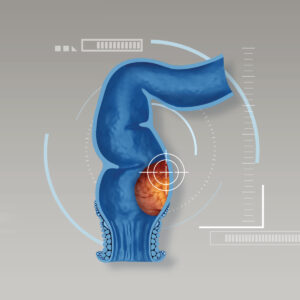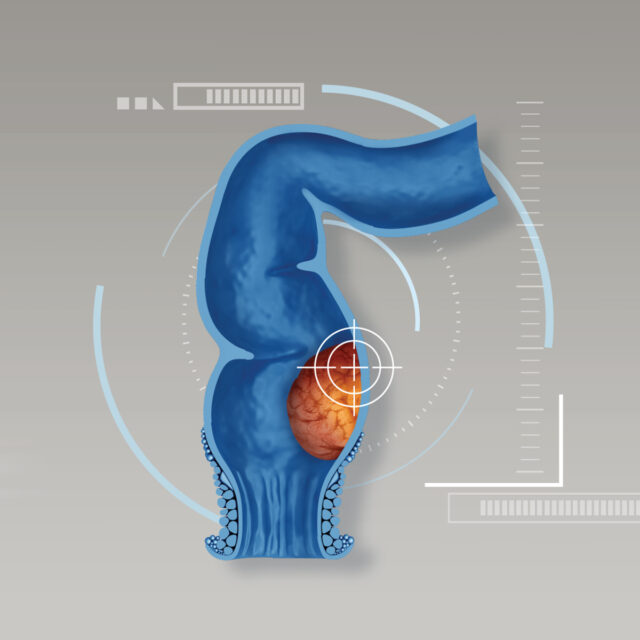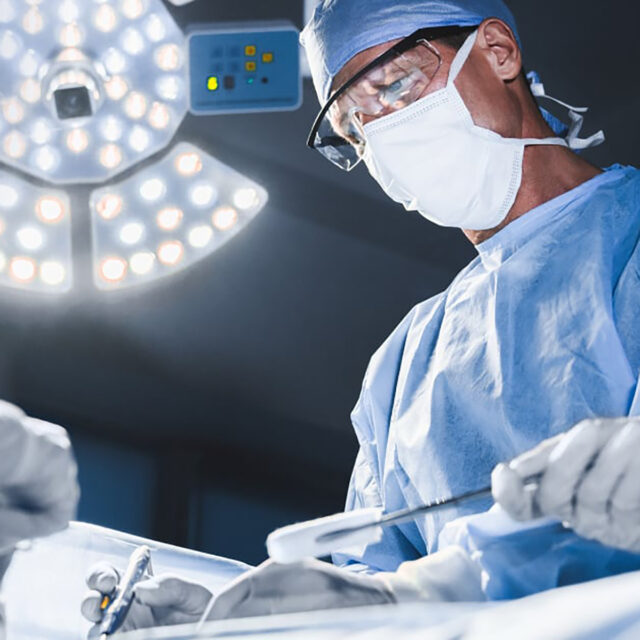The abnormalities of liver and pancreas are usually susceptible to develop further severe diseases due to their complicated structures and functions. Disorders of the liver and pancreas can range from mildly troublesome to intensely painful. It might start from acute to chronic inflammation and infection, benign hepatic or pancreatic tumor and hepatic cysts as well as liver and pancreatic cancers. More interestingly, liver cancer is one of the leading causes of death in Thai population. The trends in liver cancer incidence have appeared to rise continuously.
Although liver and pancreatic disorders might potentially lead to serious health conditions, regular health check-ups and being aware of warning signs and symptoms substantially help to detect the abnormalities at early stages, resulting in increased chances of successful treatments with improved quality of life. Supported by cutting-edge laparoscopic technology, highly experienced and well-trained surgeons specialized in hepatobiliary and pancreatic surgery play a vital role to achieve the best possible treatment outcomes.
Early diagnosis of liver disease
The liver is a football-shaped organ found in the upper right portion of the abdomen. The liver is essential for food digestion and excretion of toxic substances. Liver disease is prone to happen in people aged over 40, especially in men with contributing risk factors including heavy or chronic alcohol use. Over time, damage to the liver results in scarring (cirrhosis) which can eventually lead to liver failure and liver cancer. Typically, liver disease does not produce any specific signs and symptoms until disease progresses to advanced stages. Relevant symptoms that might indicate liver abnormalities include loss of appetite, unintentional weight loss, bloating or flatulence and chronic constipation. Patients might experience abdominal pain in the upper right abdomen where liver locates. If disease continues to progress, specific symptoms are ascites due to the abnormal buildup of fluid in the abdomen and dark urine color which is unsolved even after loading water as well as jaundice, a yellow discoloration of the skin and the whites of the eyes.
Liver Check-Ups
Annual health check-ups remain essential in order to screen warning symptoms at early stage. To diagnose liver disease, during health check-ups, doctors perform full physical investigations including medical history taking e.g. presenting signs and symptoms and family history as well as physical examinations and imaging tests if necessary. Fatty liver is one of the most common liver diseases found in patients with risk factors e.g. being obese or overweight, diabetes, high blood pressure and high triglyceride levels. Alcoholic hepatitis is a result of over-consuming alcohol that damages the liver, leading to a buildup of fats, inflammation and scarring. Other risk factors of hepatitis are hepatitis viral infection (hepatitis virus A, B and C), genetics and immune system abnormality. The best possible way to prevent alcoholic hepatitis is to stop drinking which allows hepatic cells to restore the capacity to regenerate and function. If risk factors remain, acute hepatitis might turn to be cirrhosis, a late stage of scarring (fibrosis) of the liver and eventually cause liver cancer.
Liver mass can be effectively treated
After liver masses e.g. tumors and cysts have been found, additional tests are further required in order to determine whether they are cancerous cells or benign tumors. If the confirmatory diagnosis is clearly made for cancer, surgery is urgently advised. Compared to open surgery which open cut is required, laparoscopic surgery helps enhancing surgical accuracy and promoting safety to surrounding areas. Smaller incisions cause less pain, less blood loss and reduced post-operative complications as well as a faster recovery time and a quicker return to normal activities. Due to the advancements in laparoscopic instrument with 4K Ultra High Definition and advanced 3D laparoscopic surgery, it enables surgeons to clearly visualize the surgical field in the abdominal cavity including internal organs, blood vessels and nerves. Advanced technology of laparoscopic camera with very high definition and resolution results in a better visualization of hidden areas that could not be previously seen. Furthermore, liver transplant can be performed by using this technique. Recently, robotic abdominal surgery has been developed and introduced to provide improved surgical outcomes while minimizing post-operative complications.
Early diagnosis of pancreatic disease
Pancreatic cancer seems to be more difficult to be successfully treated, compared to liver cancer. Liver cancer might be detected in early stage during health check-ups or when hepatitis-like symptoms present. Nevertheless, pancreatic cancer is seldom detected in its early stages. It typically spreads rapidly to nearby organs when particular symptoms indicate. But for people with pancreatic cysts or a family history of pancreatic cancer, some screening steps might help detect a problem early. One sign of pancreatic cancer is diabetes, especially when it occurs with weight loss, jaundice or pain in the upper abdomen that spreads to the back. In patients diagnosed with pancreatic cancer, approximately 50% of cases have metastatic stage in which cancerous cells have spread to other organs. Among 50% of cases with localized stages, surgical treatment is a first-line therapy although only 25-30% of cases are resectable. To increase chances of being cured, chemotherapy and radiation might be additionally considered. Not only to greatly increase the chances for successful treatment, but early detection also improves survival rates and quality of life.
Pancreatic screening
Recently, researches have shown an incomplete understanding of the risk factors for pancreatic cancer. There is no standard early detection test yet for pancreatic cancer. Potential contributing risk factors might include family history of genetic syndromes that can increase cancer risk and family history of pancreatic cancer. If there is the presence of these risk factors, early screening tests without presenting signs and symptoms are highly recommended. Starting at age 40, blood tests and imaging tests e.g. abdominal ultrasound are advised. Additional imaging procedures such as endoscopic ultrasound (EUS), CT scan, MRI scan and PET/CT scan might be further required.
Drinking alcohol has been identified as a cause of pancreatitis which is a risk factor for pancreatic cancer. Therefore, stopping consumption of alcohol can reduce risks for pancreatitis as well as pancreatic cancer.
Besides pancreatic cancer, benign tumor and cysts might be accidentally discovered by abdominal ultrasound during annual check-ups. If tumors or cysts are found, additional tests to fully diagnose might include biopsy (removing a tissue sample for testing), CT scan, MRI scan, PET/CT scan. Results obtained from these tests help determining appropriate treatment whether non-surgical or surgical approaches. Other suspected conditions with similar abdominal pain can be also identified e.g. urinary tract infection, gynecological diseases and other abdominal conditions.
Treating pancreatic masses
To surgically treat pancreatic masses, there are two options: open surgery and laparoscopic surgery. Indocyanine green or ICG, a cyanine dye might be used for determining hepatic and pancreatic blood flow as well as guiding the location of suspected mass, surgical areas and surrounding vessels, bile ducts and lymph nodes. As a result, appropriate surgical techniques supported by cutting-edge technology can lead to enhanced surgical accuracy and improved safety with lowered post-operative complications, resulting in the best possible treatment outcomes.
Apart from highly skilled and experienced surgeons specialized in laparoscopic procedures, multidisciplinary team is essentially vital. Multidisciplinary team consists of hepatobiliary and pancreatic surgeons, anesthesiologists, diagnostic radiologists, gastroenterologist, pathologist and medical oncologists. Customized treatments are comprehensively planned prior to, during and after surgery. Since the surgery of hepatobiliary and pancreatic system is complicated, well-trained and highly specialized team supported by advanced surgical technology plays a crucial role to achieve the maximum level of surgical care with satisfied outcomes.
More importantly, annual health check-ups remain essential to early screen the risks or symptoms of liver and pancreatic diseases. One of lifestyle modifications to reduce risks of developing liver and pancreatic diseases is drinking alcohol in moderation. The best possible way to prevent liver and pancreatic-related conditions is to stop drinking which allows hepatic cells to restore the capacity to regenerate and function properly.















